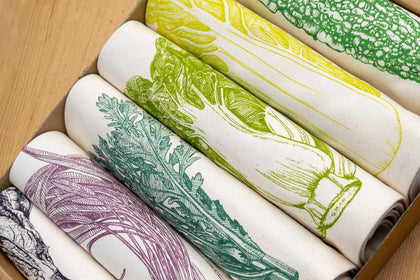Introduction To Italian Cuisine

Traditionally, the country’s wealth comes from northern Italy. It had trade routes with the rest of Europe – but most importantly, the port of Venice imported coffee, spices and sugar since the Middle Ages. Salts were used to cure meat like bresaola, salami and pancetta, and trading in luxuries afforded expensive food: liqueurs, nougat, osso bucco, truffles and nuts.
Tuscan beef stews and carafes of Chianti shape day-to-day life
Central Italy is known as the country’s ‘breadbasket’: rolling Tuscan hills and green grazing pastures surrounding Bologna and Umbria. Spelt or farro is one of the oldest crops, with pasta, bread and beans forming the base to most meals. Tuscan beef stew, and carafes of Chianti shape day-to-day of life in this agricultural part of Italy.
The craggy, dry and comparatively poor south of Italy owes its rich cuisine to past invasions: honey, olives and nuts from the Ancient Greeks, and citrus trees from the Byzantines. Aubergine is used as ‘the poor man’s meat’, and buffalo milk is turned into the region’s most famous export - mozzarella.
While pizza, pasta, and ice cream are products of unified Italy, for a true taste of the country you should start with authentic, local dishes which can be found in Bocca, The Silver Spoon and Marcella Hazan’s Essentials of Classic Italian Cooking.
Click here for a range of Italian cookbooks, cookware and ingredients


